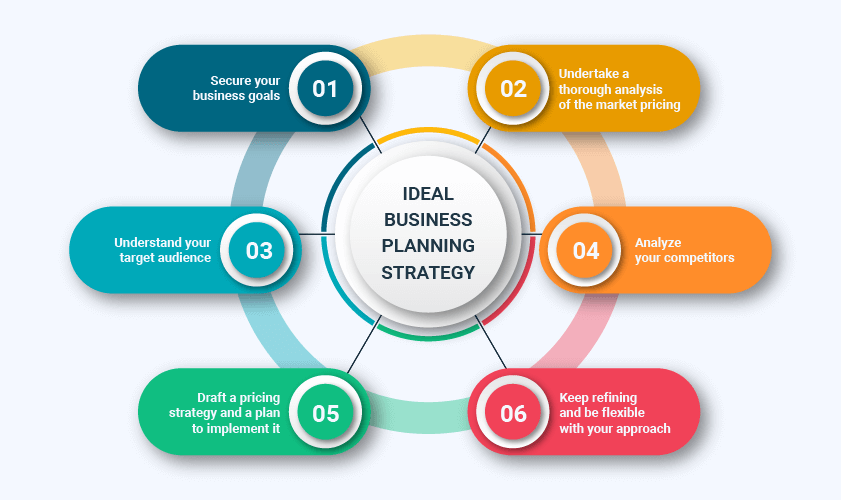
Picture this scenario: You walk into a boutique looking for a new outfit. As you browse through the racks, you notice that some items are priced significantly higher than others, despite similar styles and materials. How does this affect your perception of value and your willingness to make a purchase? This simple example illustrates the profound impact that pricing strategies can have on consumer behavior and ultimately, on business success.
We will delve into the importance of accurate pricing strategies. From setting the right price point to understanding consumer psychology, we’ll explore how businesses can leverage pricing as a strategic tool to enhance profitability and market position.
Setting the Right Price Point
Story: Imagine Emma, a small business owner who initially priced her handmade jewelry too low, thinking it would attract more customers. However, she soon realized that customers perceived the low price as indicative of low quality. Adjusting her prices slightly higher positioned her products as premium, leading to increased sales and profitability.
Actionable Tips:
- Conduct market research to understand price expectations and willingness to pay.
- Use pricing experiments to find the optimal balance between sales volume and profitability.
Understanding Perceived Value
Story: John, a marketing manager, introduces a new software product with advanced features. By highlighting these features and positioning the product as a solution to a specific pain point, he successfully justifies a higher price point, despite competing products being cheaper.
Table: Comparison table of perceived value factors across different pricing tiers.
| Perceived Value Factor | Basic Tier | Premium Tier |
|---|---|---|
| Features | Basic features | Advanced features |
| Customer Support | Email support | 24/7 live support |
| Additional Services | None | Onboarding assistance |
Actionable Tips:
- Clearly communicate the value proposition of your product or service.
- Differentiate your offerings to justify higher prices based on enhanced features, quality, or service.
Competitive Analysis
Story: Sarah, a retail manager, regularly monitors competitor pricing strategies. When a competitor lowers their prices temporarily, she responds by emphasizing the superior quality and customer service of her products, maintaining price integrity and customer loyalty.
Actionable Tips:
- Monitor competitor pricing strategies to stay competitive in the market.
- Highlight unique selling points that differentiate your product from competitors, justifying any price differences.
Psychological Pricing Strategies
Story: Michael, a sales director, uses psychological pricing techniques such as charm pricing (e.g., pricing products at $9.99 instead of $10) to influence consumer perception of value and increase sales volume.
Actionable Tips:
- Experiment with different pricing endings (e.g., $19.95 vs. $20) to see how it affects consumer behavior.
- Consider using bundling or decoy pricing strategies to influence purchasing decisions.
Flexibility and Adaptability
Story: Lisa, a pricing strategist, understands that market conditions and consumer preferences can change rapidly. She regularly reviews and adjusts pricing strategies based on sales data, economic trends, and customer feedback to maintain competitiveness and profitability.
Table: Example of price adjustment triggers and responses.
| Trigger | Response |
|---|---|
| Competitor price change | Monitor impact on sales and adjust accordingly |
| Economic downturn | Consider temporary discounts or promotions |
| Positive customer feedback | Explore premium pricing opportunities |
Actionable Tips:
- Establish a flexible pricing strategy that allows for quick adjustments in response to market dynamics.
- Use data analytics to track pricing performance and inform strategic decisions.




